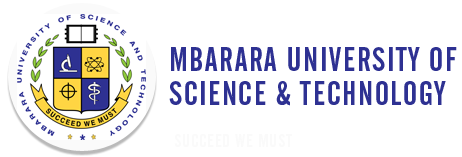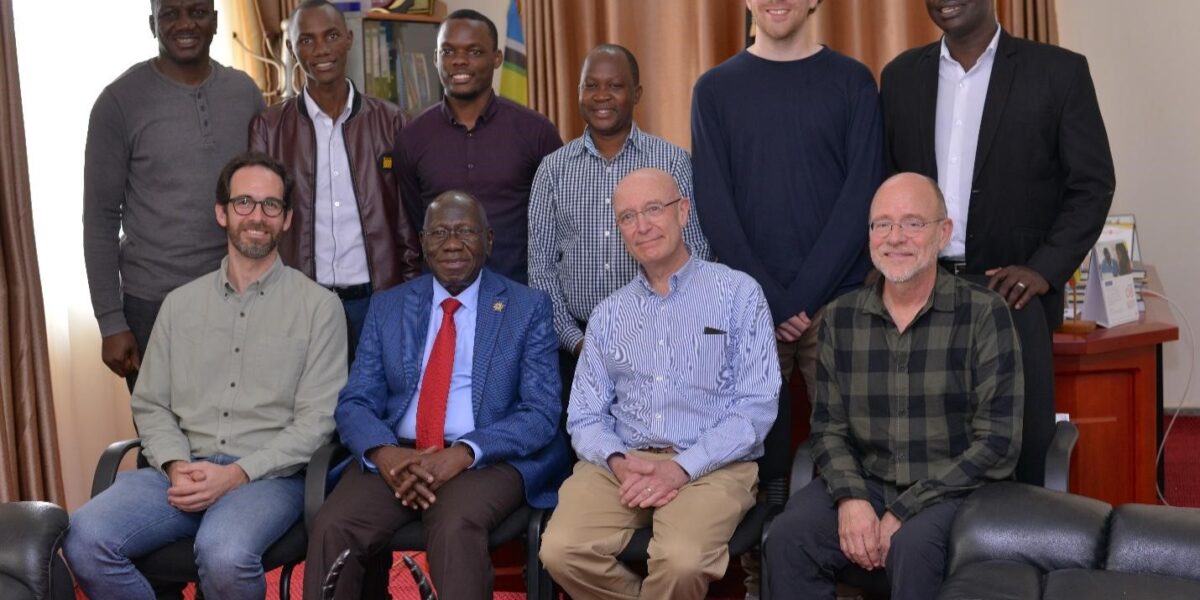Mbarara University of Science and Technology (MUST), Department of Biomedical Engineering in the Faculty of Applied Sciences and Technology (FAST), led by Dr. Johnes Obungoloch has embarked on a project to construct a low field magnetic resonance imaging (MRI) to address clinical imaging needs in developing countries like Uganda. The project is supported by the National Institutes of Health through Dr. Steven J. schiff of Yale University-School of Medicine and collaborators from the CURE Childrens Hospital in Uganda, Leiden University Medical Center and the Technical University of Delft, both in the Netherlands, the German Paraguayan University in Paraguay and the Uganda National Planning Authority.
The team from the collaborating institutions led by Dr. Steven Schiff from Yale School of Medicine camped at the MRI laboratory at MUST for two weeks to build a low-field MRI, the first of its kind in sub-Saharan Africa to mainly focus on imaging of hydrocephalus in Ugandan children.
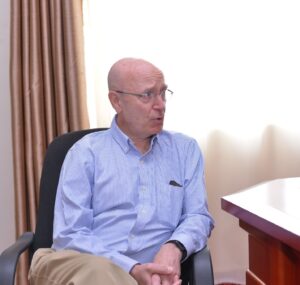
During the two week period of September 26th-30th, the MRI and its collaborating partners also held the the first low field sub-saharan Africa MRI training workshop at MUST. The workshop was supported by the Smart Africa Network and funded by the Chan Zuckerberg Initiative. The workshop brought together MRI scientists and students from several African Countries including Nigeria, Ghana, Uganda, Camerroon, Mozambique and South Africa. Other participants were from Paraguay, the Netherlands and United States of America.
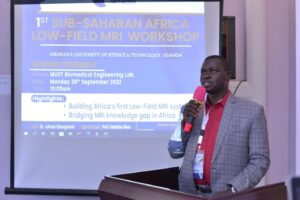
According to the Dr. Johnes Obungoloch, the Dean FAST, the MRI project will be piloted for clinical trials at Cure Childrens’ Hospital in Mbale City, Eastern Uganda after which, the innovation will be taken into use by other health facilities around the country. With the support from the Chan-Zuckerberg Initiative, the team has trained scientists from Nigeria, Botswana, Zimbabwe, Kenya, Ghana, and Uganda including MUST Engineering students in building MRI training that was hosted by FAST. This was aimed at ensuring the sustainability and extension of MRI projects within Africa.
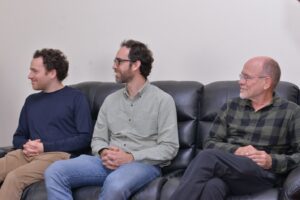
In his welcoming remarks, Prof. Celestino Obua MUST Vice-chancellor applauded Dr. Schiff and his team of engineers for choosing MUST as their base in providing solutions to African health problems.
‘’When many people and institutions are involved in a project like this one, there is sharing of great ideas to make the project meet its set objectives, this MRI project will meet its purposes. Thank you for bringing the project to MUST, this will not only increase MUST’s visibility to the world but will also bring affordable medical imaging services closer to the people. Many African experts go out of the continent to work in health facilities in other continents due to a lack of equipment such as MRI. This project is intended to maintain our skilled health experts to solve complex health issues. Thank you for putting MUST to the rest of the world through such ideas and collaborations. the rest of the world will now know that MUST is a real university of science and technology despite its rural location,’’ Prof Obua explained.
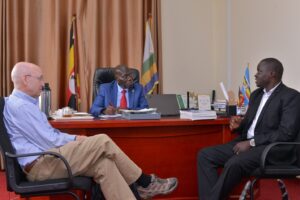
Dr. Godwin Ogbole from the University of Ibadan Nigeria asserted that this is setting up a low-field MRI in Africa, particularly in Uganda is a dream come true. He thanked Dr. Obungoloch for his networking and lobbying skills to see that MRI is built at MUST and that this will widen the expert base on MRI systems.
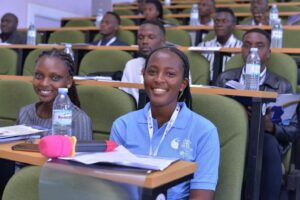
Magnetic resonance imaging is a key diagnostic tool in modern healthcare yet it can be cost-prohibitive given the high installation, maintenance, and operation costs of the machinery. There are approximately seven scanners per million inhabitants and over 90% are concentrated in high-income countries. MRI enables physicians to visualize various types of tissues and assess their structural and physiological integrity.
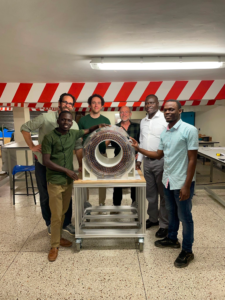
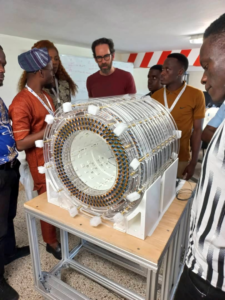
The MRI system that was fabricated
